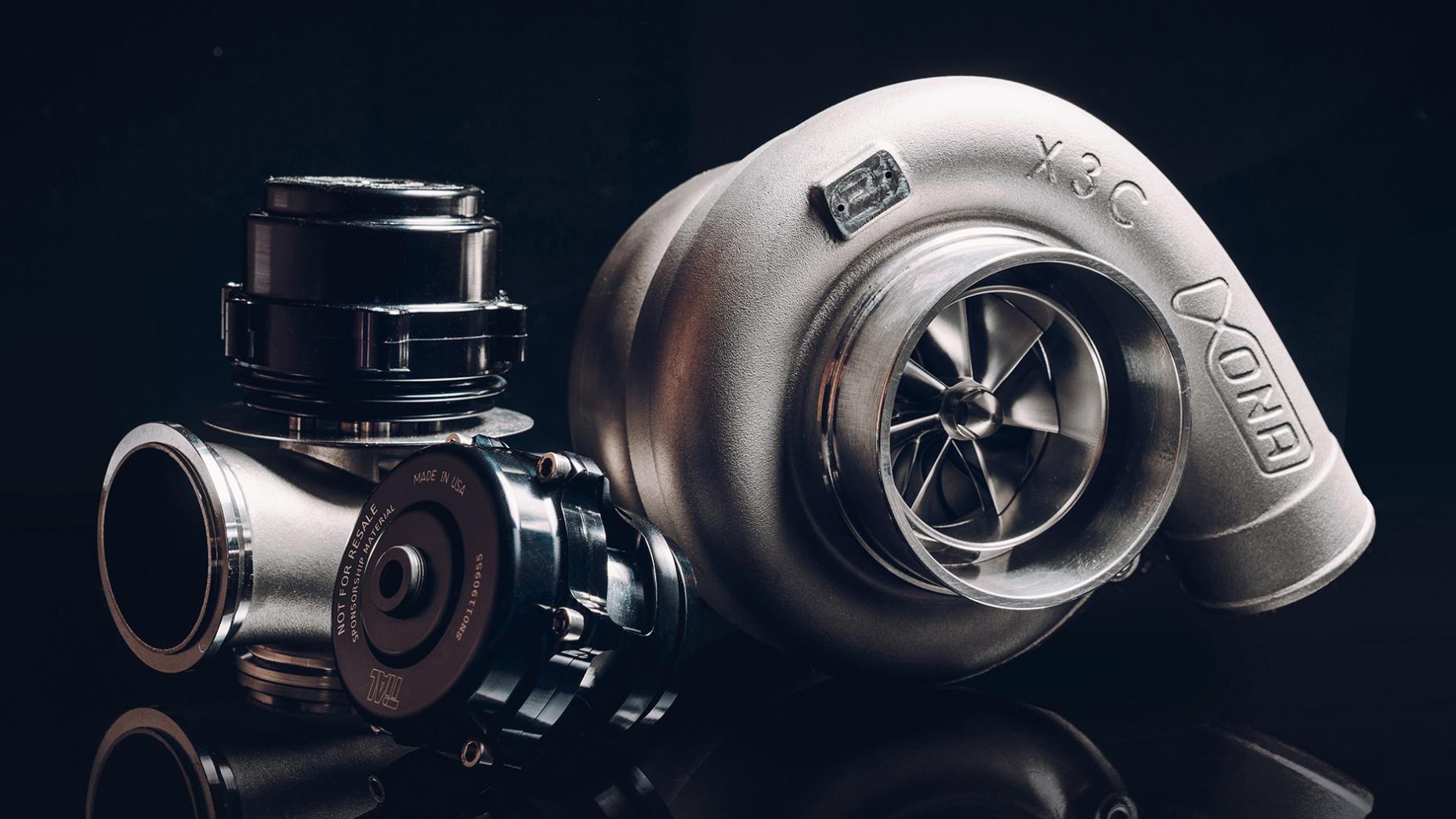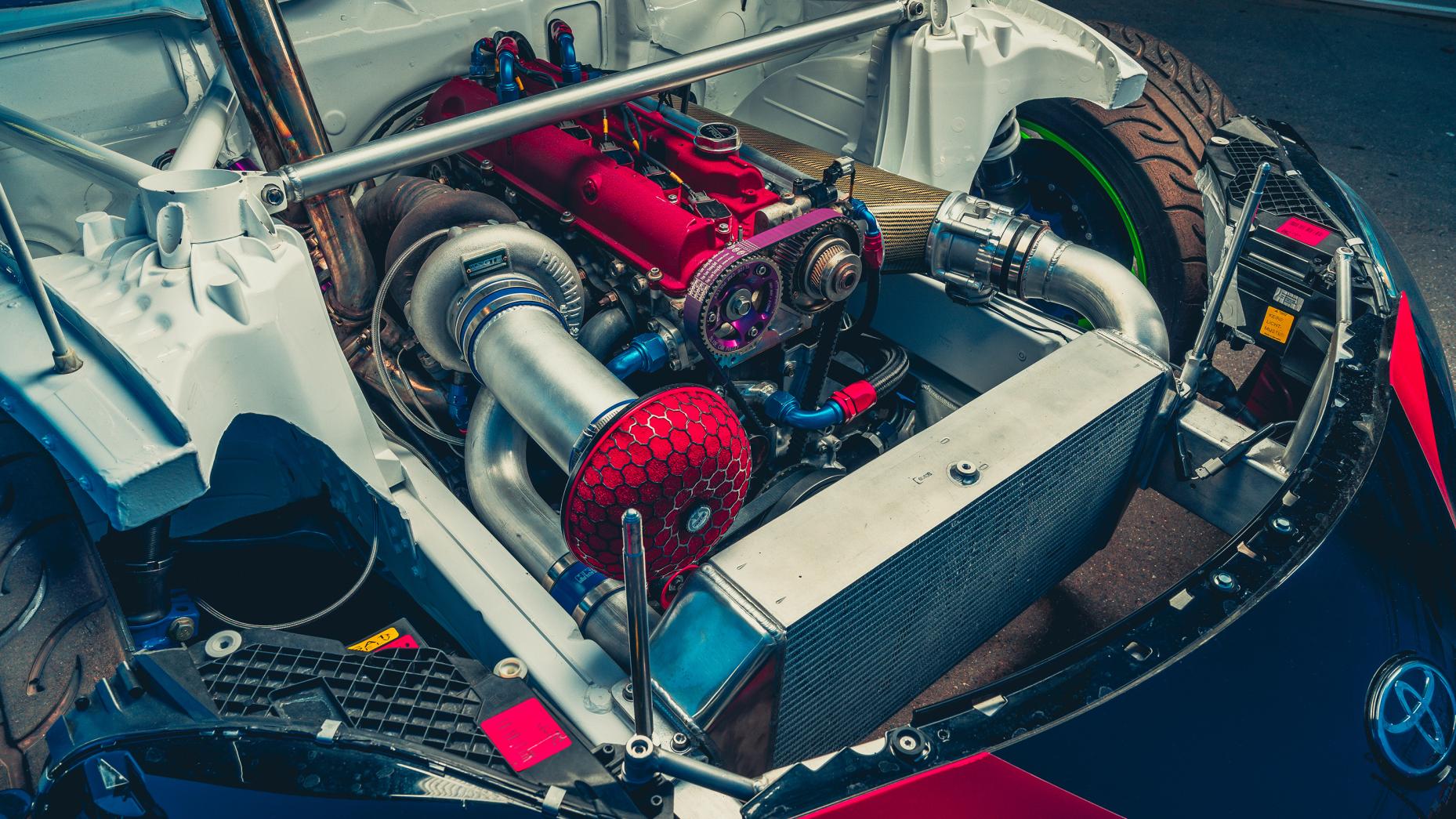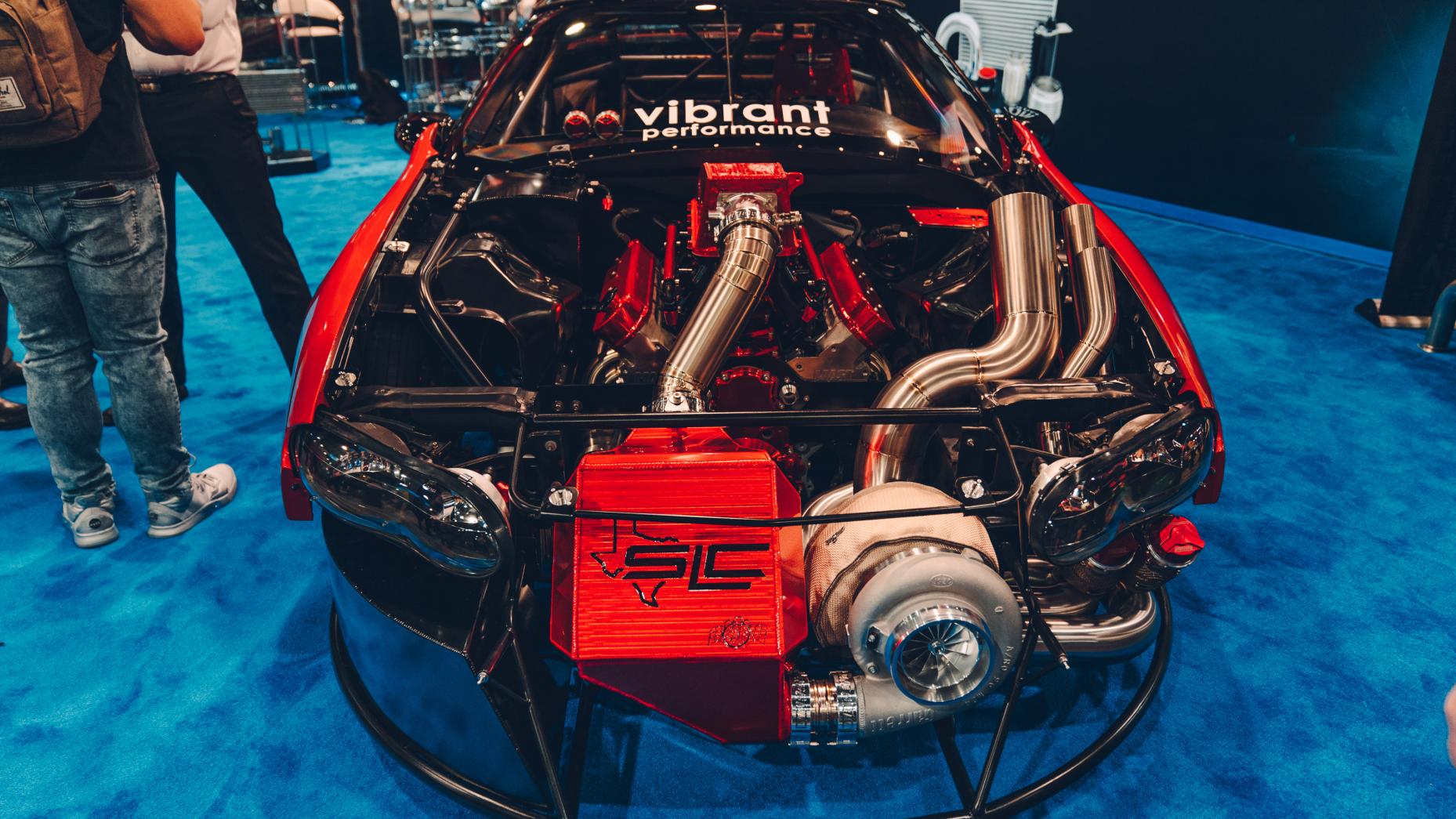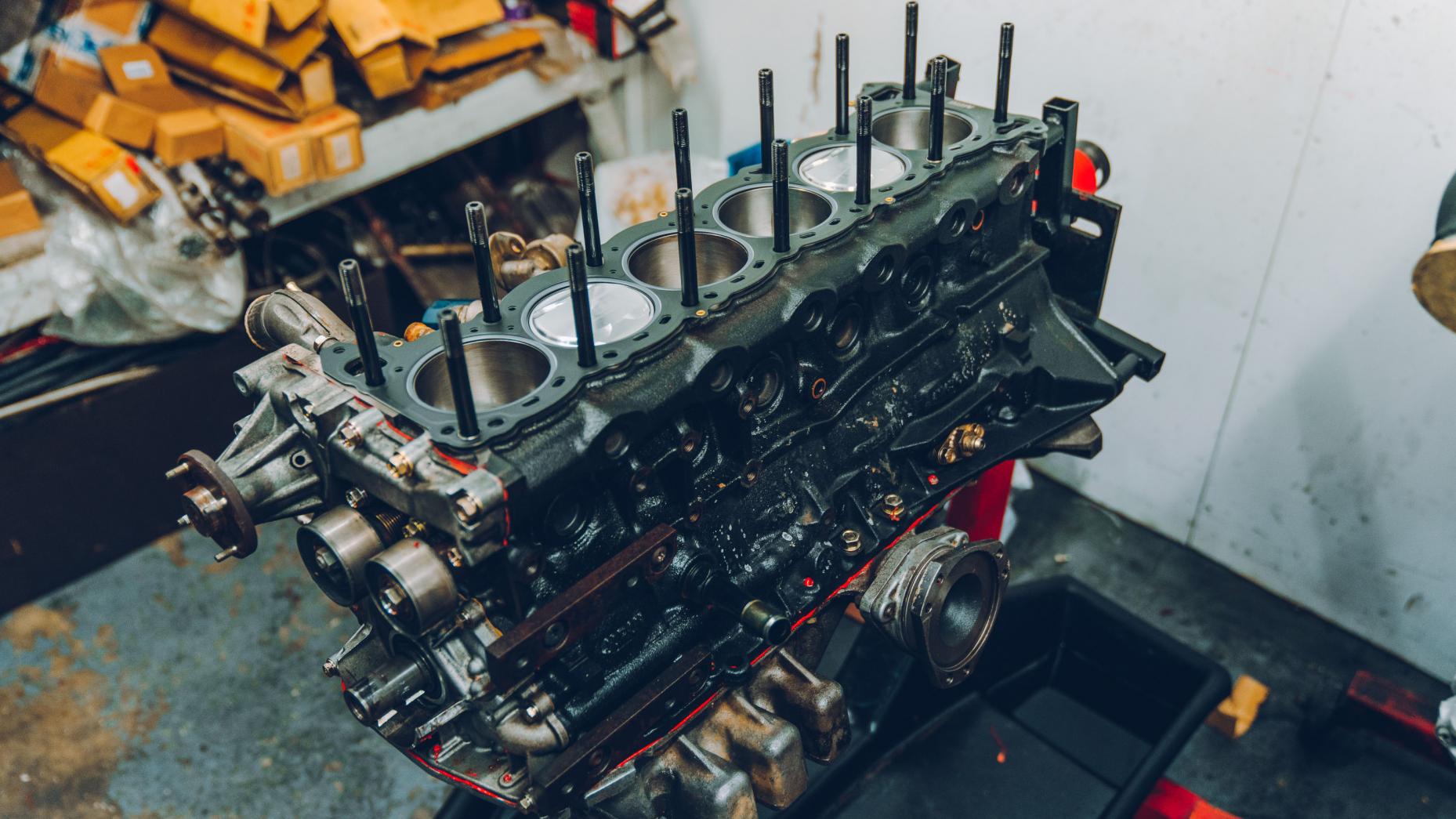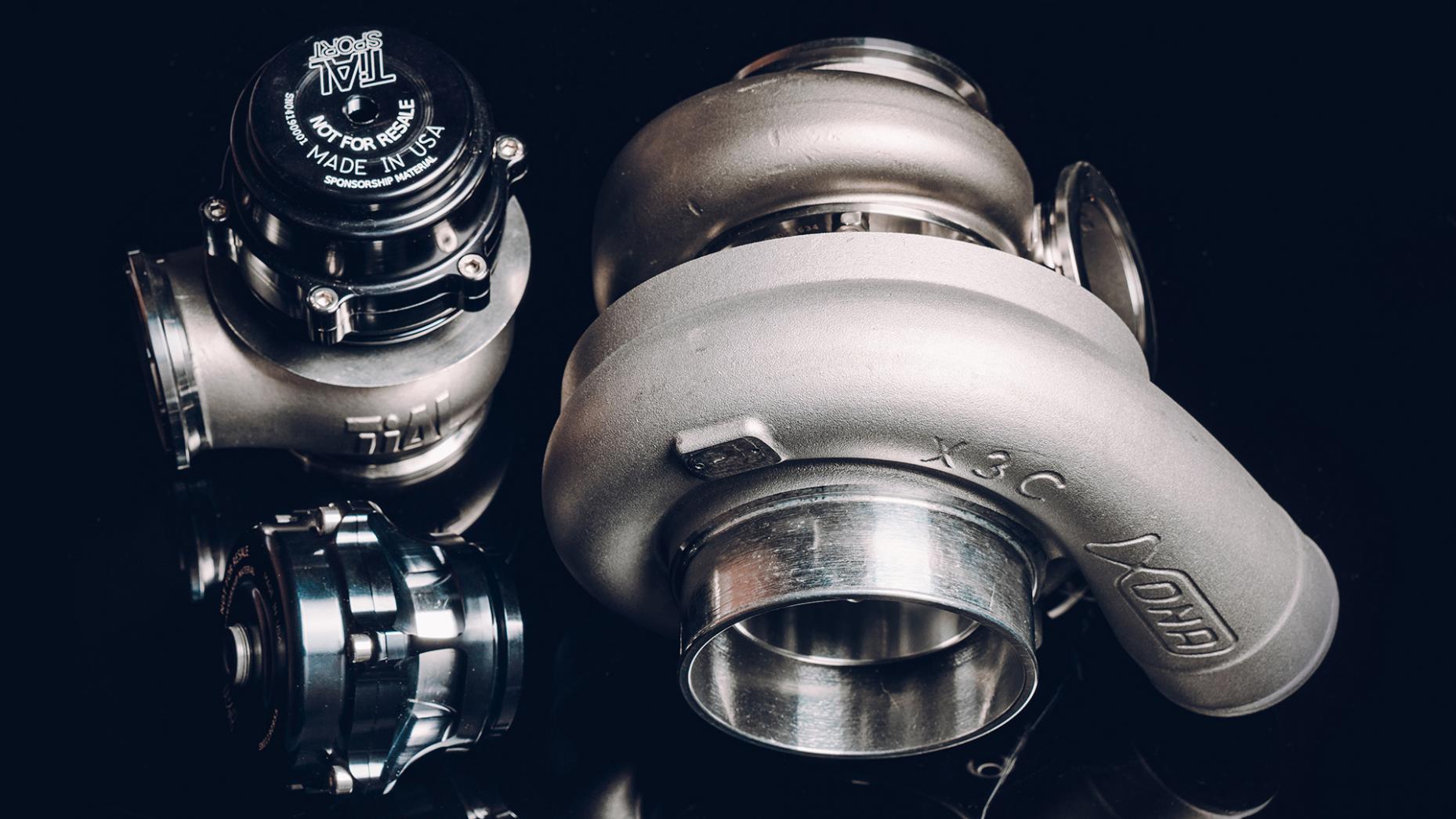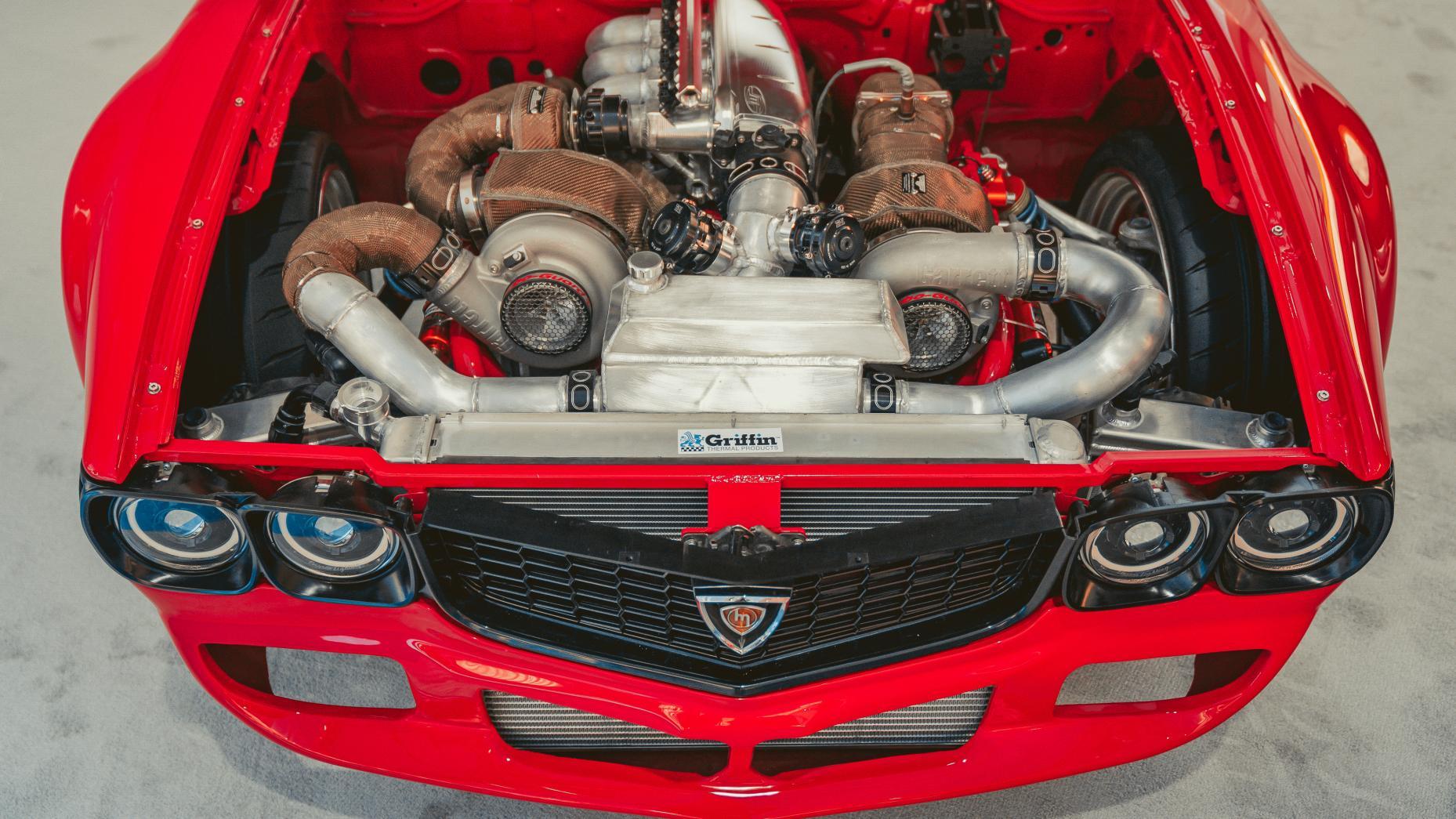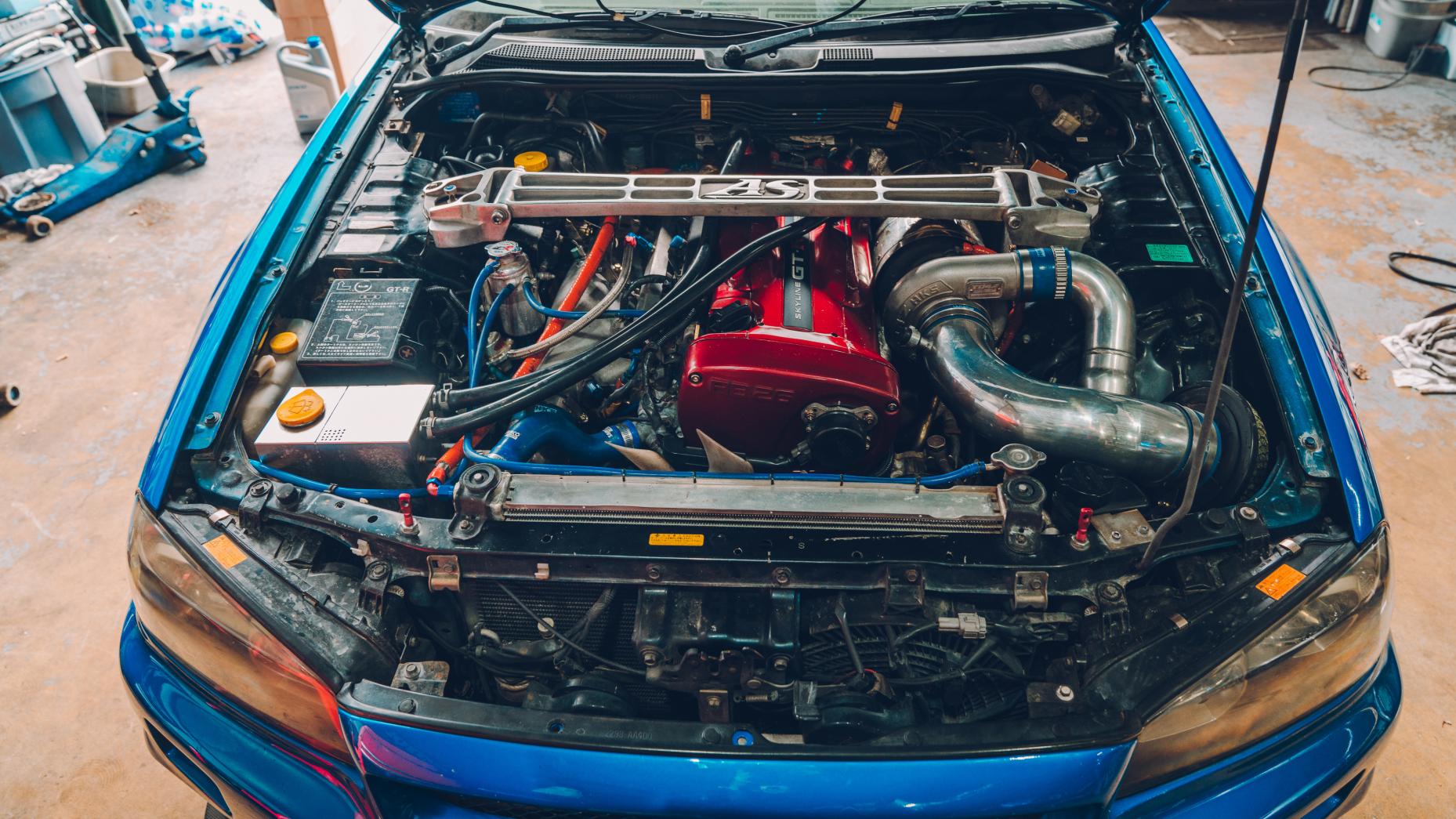Time to turbocharge your engine. Excellent news. Get it right and you’ll be rewarded with neck-snapping performance. Get it wrong and a stock of 2020 calendars would’ve been a better investment. So here’s Top Gear’s guide to turbocharging your car.
The basic idea of a turbocharger is to force more air into an engine. With a traditional ICE, air can only be drawn in up to atmospheric pressure (1 atmosphere = 1 bar absolute). Throttle bodies and other intake mods can bring this closer, but you’ll still be limited unless Earth’s atmosphere suddenly doubles. Great for engine power, not so good for the human race.
Bolting on a turbo allows that air to be forced in at whatever flow and pressure you desire, or rather whatever the engine can handle. The denser the air, the more fuel can be added releasing more power. Happy days.
What’s on the shopping list? First you need an actual turbocharger with a manifold it can bolt onto, allowing exhaust gases to flow through the turbine side drawing fresh air in from the compressor side. You’ll need an oil feed to lubricate it, and a filter on the front to stop it from inhaling small animals.
Now your air is compressed, the next item is an intercooler. Although not strictly necessary, cooling the charge temp is a very good idea. Pressurising air increases its temperature. The hotter the air, the less oxygen it contains (reducing power) and the greater the risk of detonation. That sounds scary, because it is.
Detonation occurs when some of the air/fuel mixture ignites before the sparkplug does its job, causing huge forces within the engine. It’s an uncontrolled explosion. Imagine a piston on its upstroke at 4,500rpm suddenly receiving 250 bar (3,620psi) of downwards force caused by pre-ignition. Not good.
Air cooled and ready to enter the engine, you’ll want to control that boost using either an actuator or wastegate. When the intake pressure reaches its desired amount, say 10psi, the wastegate/actuator essentially functions as a valve to bypass exhaust gas from entering the turbine wheel (usually straight into the exhaust system) preventing it from over-boosting and blowing your engine to bits. Funnily enough, they call this boost control.
Keeping up? Right, the last piece of this not-comprehensive-at-all puzzle is the fuelling and ignition, assuming your injectors and plugs are up to the job. You’ll need to tell ‘em when and how much extra fuel needs adding, along with the right point to ignite the mixture for maximum power. In an ideal world you’d use a proper standalone ECU for this along with some clever engineer with a laptop. Although depending on make and model, you might simply be able to chip the OEM unit if it’s part of a complete turbo kit.
And just like that, your car is turbocharged. There’s an awful lot more to it than that, so don’t take this as gospel. But do turbocharge your car, it’s brilliant fun.

